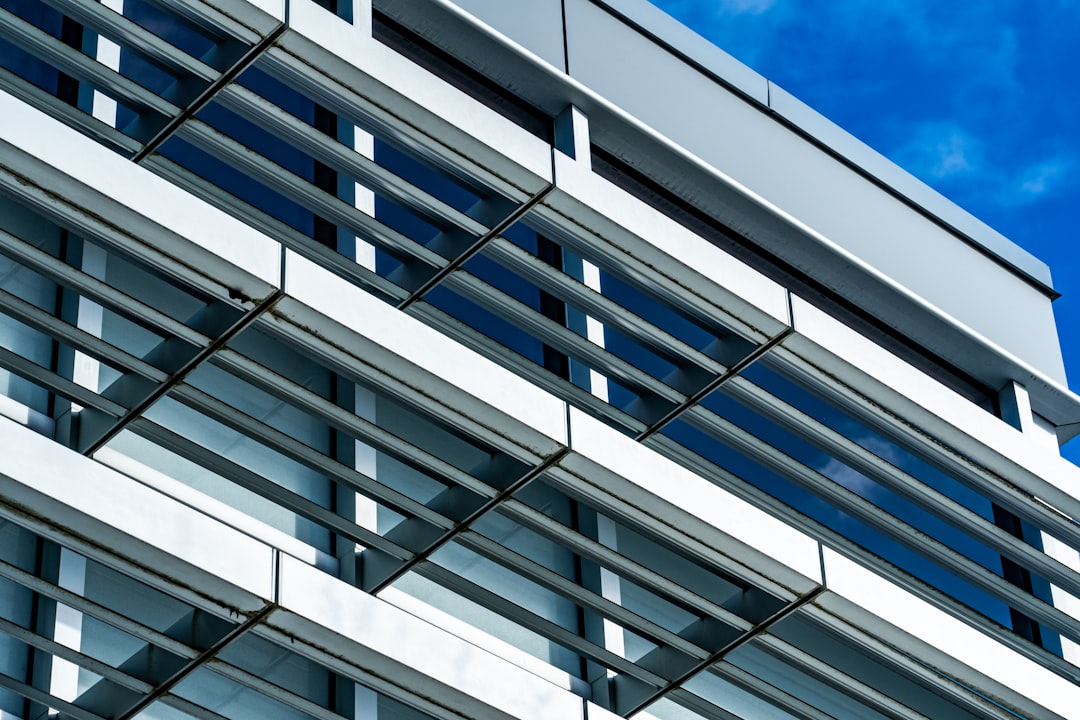
Introduction
Aluminum extrusion is a widely used process in the manufacturing industry, allowing the creation of complex and lightweight structures with excellent strength-to-weight ratios. When it comes to joining or repairing these aluminum extrusions, welding is often the preferred method. In this article, we will delve into the world of welding aluminum extrusion, exploring the various techniques, challenges, and benefits associated with this process.
Understanding Aluminum Extrusion
Before we delve into the intricacies of welding aluminum extrusion, it is essential to grasp the concept of aluminum extrusion itself. Aluminum extrusion is the process of shaping aluminum billets or logs into a variety of cross-sectional profiles, such as tubes, channels, and angles, by forcing the material through a shaped die. This allows manufacturers to create customized shapes with precise dimensions and tolerances.
Why Choose Welding for Aluminum Extrusion?
Welding is an ideal method for joining aluminum extrusions due to its strength, durability, and flexibility. By welding aluminum extrusions, you can create strong and robust structures that can withstand various mechanical stresses and environmental conditions. Additionally, welding offers the advantage of versatility, as it allows for the joining of different shapes and profiles to form complex structures.
Key Techniques for Welding Aluminum Extrusion
1. Tungsten Inert Gas (TIG) Welding:
TIG welding, also known as Gas Tungsten Arc Welding (GTAW), is a popular method for welding aluminum extrusions. It involves using a non-consumable tungsten electrode to create an arc and a shielding gas, typically argon, to protect the weld pool from atmospheric contamination. TIG welding provides precise control over heat input, making it suitable for thin and delicate extrusions.
2. Metal Inert Gas (MIG) Welding:
MIG welding, also referred to as Gas Metal Arc Welding (GMAW), is another widely used technique for welding aluminum extrusions. It involves using a consumable wire electrode and a shielding gas, typically a mixture of argon and helium, to protect the molten weld pool. MIG welding offers higher deposition rates and is suitable for thicker extrusions.
3. Friction Stir Welding (FSW):
Friction Stir Welding (FSW) is a solid-state welding process that involves a rotating, non-consumable tool that generates frictional heat between the aluminum extrusion surfaces, causing them to soften. The softened material is then joined under pressure. FSW is often used for joining large extrusions or dissimilar materials, offering excellent weld strength and properties.
Challenges and Considerations
While welding aluminum extrusions offers numerous benefits, it also presents specific challenges and considerations that need to be addressed. These include:
1. Aluminum Oxide Layer:
Aluminum naturally forms an oxide layer on its surface, which can impede the welding process. To overcome this, proper cleaning and surface preparation are crucial. This involves removing any contaminants, such as oils or greases, and using appropriate cleaning methods like brushing or solvent cleaning.
2. Thermal Conductivity:
Aluminum has high thermal conductivity, meaning it dissipates heat quickly. This can make it challenging to maintain proper heat input during the welding process. Close attention must be paid to controlling parameters such as welding current, travel speed, and preheating to ensure optimal heat distribution and fusion.
3. Filler Material Selection:
Choosing the right filler material is essential for successful aluminum extrusion welding. Aluminum filler alloys with compatible properties should be selected to ensure good weldability, strength, and corrosion resistance. Consultation with experts or referring to industry standards can aid in selecting the appropriate filler material for specific applications.
Benefits of Welding Aluminum Extrusion
1. Strength and Durability:
Welding aluminum extrusions results in strong and durable joints that can withstand various mechanical stresses, making it suitable for demanding applications. The welds provide excellent load-bearing capacity and structural integrity.
2. Customization and Versatility:
Welding allows for the joining of different shapes and profiles, enabling the creation of customized structures tailored to specific requirements. This versatility makes welding an ideal choice for applications where complex designs and shapes